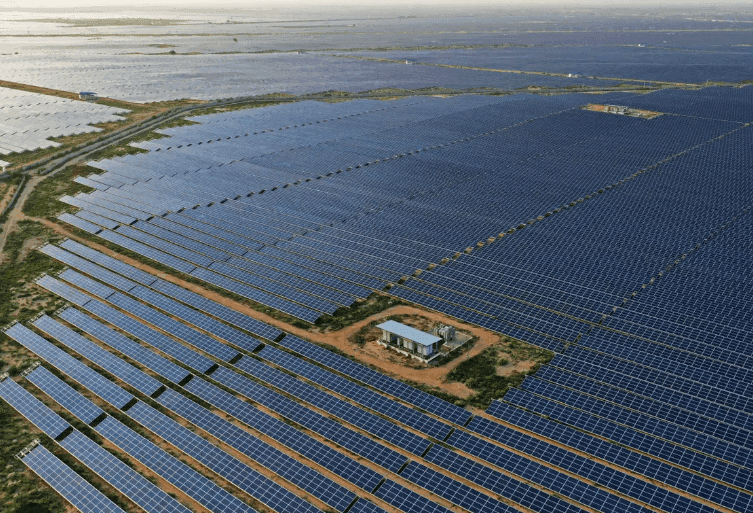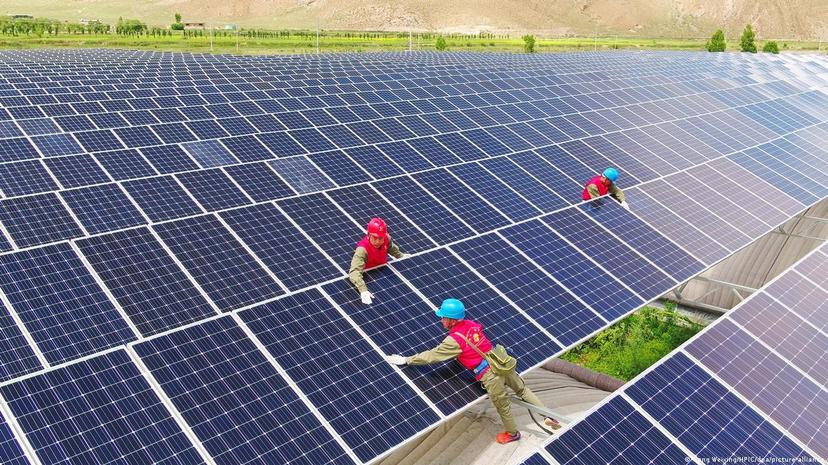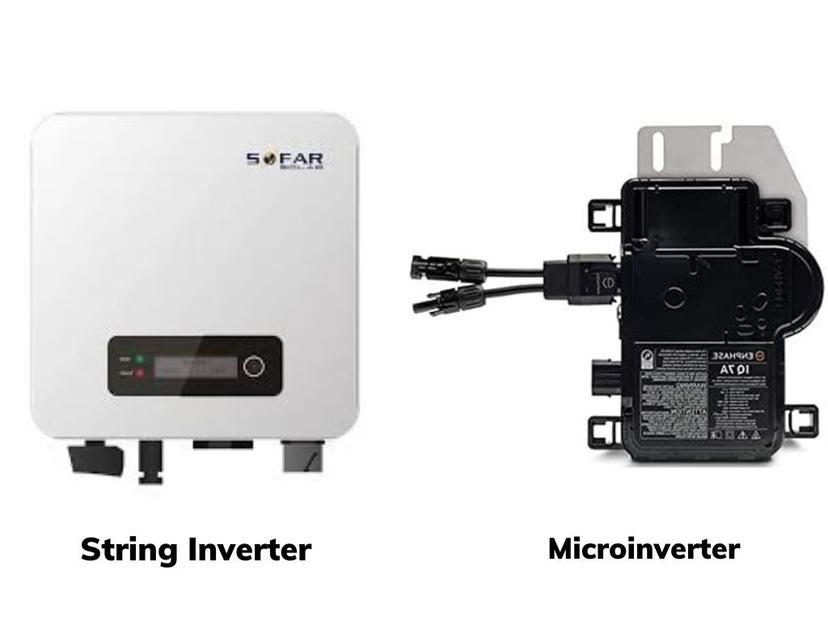Renewable Energy Knowledge Hub
5 Reasons for you to Go Solar!!!

The sun has sustained life on earth for thousands of years. This flaming ball of fire is an unlimited source of energy. The earth receives 174,000,000,000,000,000 (174 petawatts) of energy from the sun, which is 10,000 times the world's energy usage.
The solar revolution is sweeping across the world, and you may often ask yourself the question Why go Solar?
1) Clean, Emission- free and Renewable
Unlike fossil fuels such as coal, solar doesn’t emit harmful pollutants or greenhouse gas emissions into the air and water supply. A household that installs a solar plant can eliminate an equivalent of 1500 kg of coal, preventing up to 3,630 kg of carbon emission, equivalent to planting 145 trees. When you install a Solar PV Plant, you directly impact the planet and preserve it for future generations.
2) Savings on Electricity Bills
Installing a solar plant in your home or commercial establishment can help you to save on money which you would have spent on paying your electricity bill. You can turn into a power generator, helping you to earn and save money on the regular. With a solar plant you will never have to worry about your electricity bills.
3) Tax Incentives
For commercial and industrial users of electricity, the tax incentives offered on installing a solar power plant by the Government of India are beneficial for commercial users. The Govt. of India offers accelerated depreciation of fixed assets associated with a solar power plant. The current rate of depreciation which can be claimed in a year is 40%.
The accelerated depreciation benefit allows the commercial and industrial users of solar power in India to depreciate their investment in a Solar Power Plant at a much higher rate than general fixed assets. This in return allows the user to claim tax benefits on the value depreciated in a given year.
The following example explains the point for your ease of understanding:
Let’s say a commercial or industrial user, ABC Pvt. Ltd., falls under an income tax bracket of 30%. Now lets say this user builds an asset that is valued at Rs. 1 Crore in a given financial year, with an expected life of 20 yrs. Under normal circumstances, the user will be able to claim an annual depreciation of 5% of Rs. 1.0 Crore ( 100%/20 years = 5%/yr) for the purpose of income tax.
This implies that the user will be able to claim a tax benefit of 30% of 5% of Rs. 1.0 Crore per year = Rs. 1.5 Lakh per year for the next 20 years.
However, when the investment is made in a Solar Plant, the user is allowed to depreciate the asset at 40%, thereby allowing the user to completely depreciate the asset within three years term, and saving a tax of Rs. 12 Lakh, Rs. 12 Lakh and Rs. 6 Lakh in the first, second and third year of operation respectively.
The proposition of saving lakhs in taxes within only the first three years of installing a Solar PV system makes the project ROI (Return on Investment) increase by the virtue of accelerated depreciation.
4) Source of Income
A Solar plant can generate an income for you. If the power produced by your plant is more than your consumption in an on-grid system ( a PV plant that is connected to the grid), the DISCOM will pay you money based on the surplus unit produced based on the power purchasing price of the DISCOM. Currently Net metering is implemented in India. Net metering is a mechanism which allows domestic or commercial users who generate their own electricity using solar panels or photovoltaic systems to export their surplus energy back to the grid. The process of net metering provides system owners with the opportunity to gain extra revenue by selling their excess power to the grid while also making up for shortfalls via the grid.
Here's an example for your understanding:
Let’s say you install a PV Solar system in your home and produce a total of 2000 units in a month, and consume 1000 units in a month.
Net units = 2000-1000= 1000 units
Let's say the power purchasing price in your state is Rs 3.
Thus your DISCOM will pay you 1000*3 = Rs 3000
The DISCOM will pay you for the net power generated throughout the year, at the end of the year.
5) Rising prices of electricity

Source: Statista
The average price of electricity has constantly been on the rise in India.
The average price of electricity has constantly been on the rise in India. India’s fuel and power prices have risen by 57 per cent between January 2021 and August 2022, according to the ‘Fuel and Power’ price index published by the Reserve Bank of India (RBI). In terms of how much fossil fuel-related items have contributed to India’s annual inflation rate, the contribution between April and May 2022 was 21 per cent. This contributed just over a fifth to India’s annual rate of inflation in the spring of 2022. With a Solar PV Plant you can stay worry free about the increase in prices.
To know more about Solar Power Plants Contact Us Today!!!!

